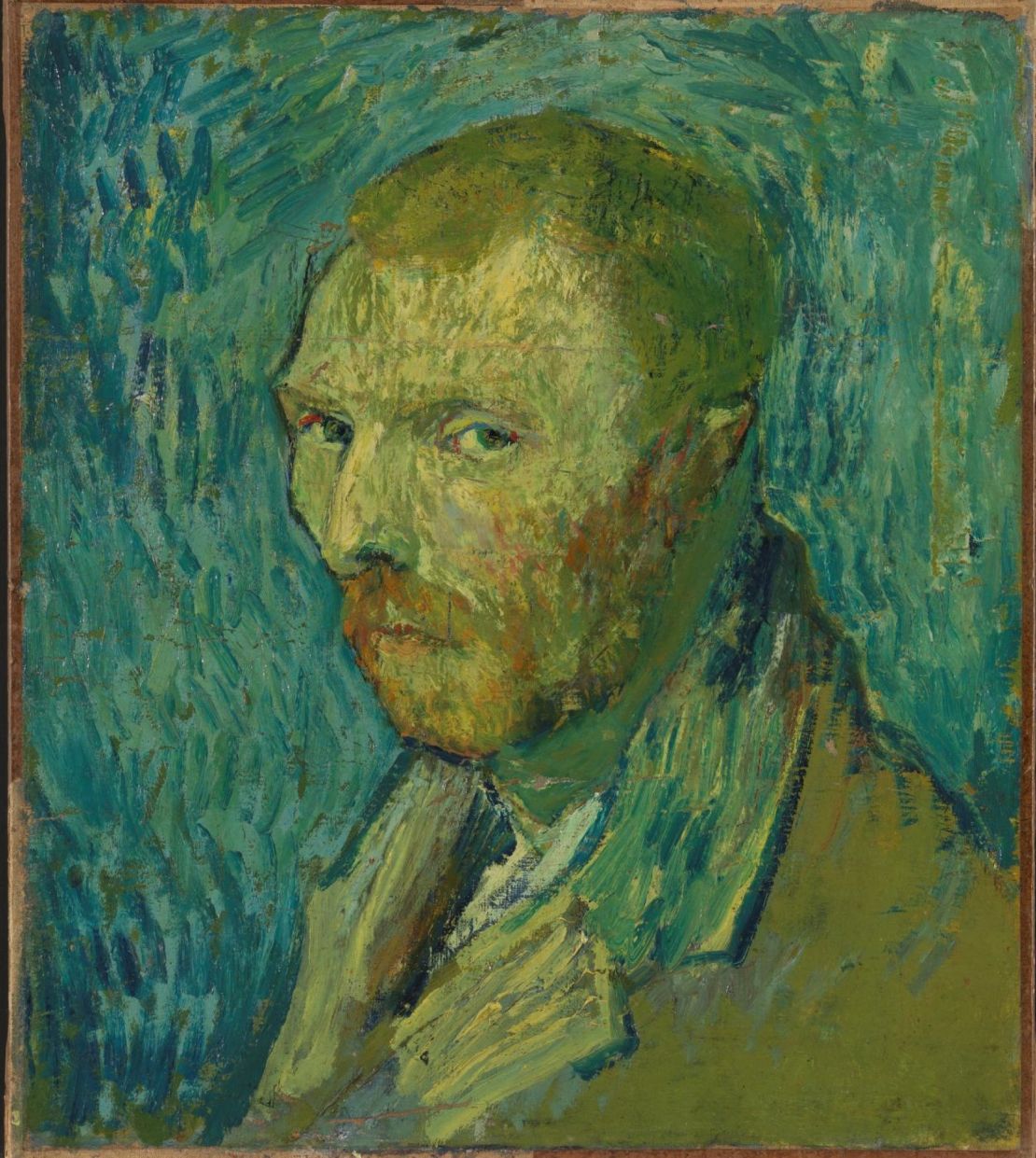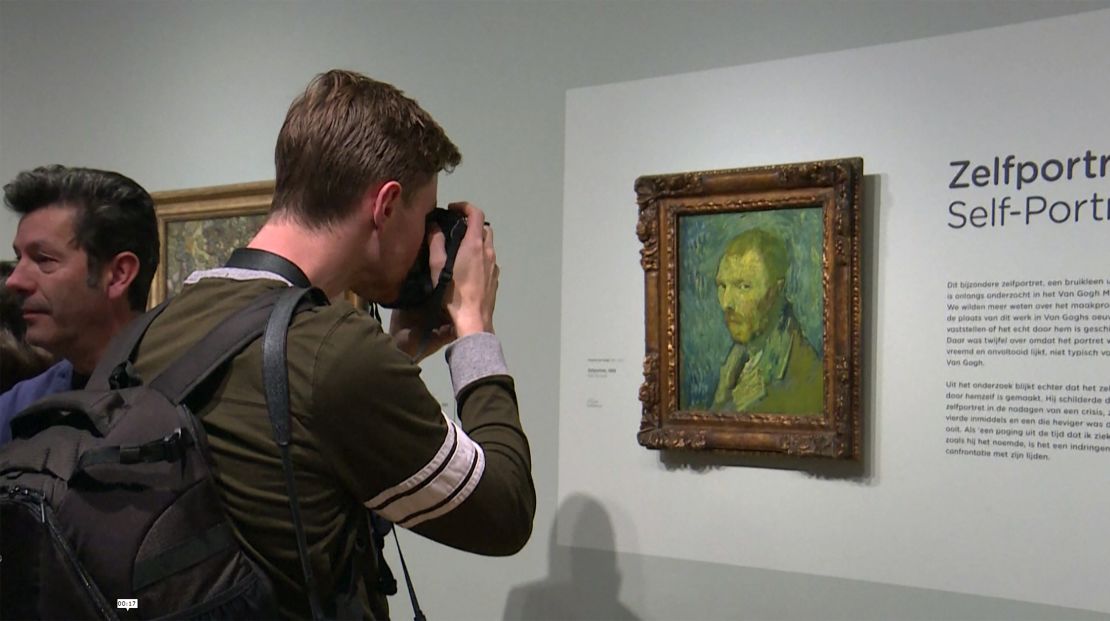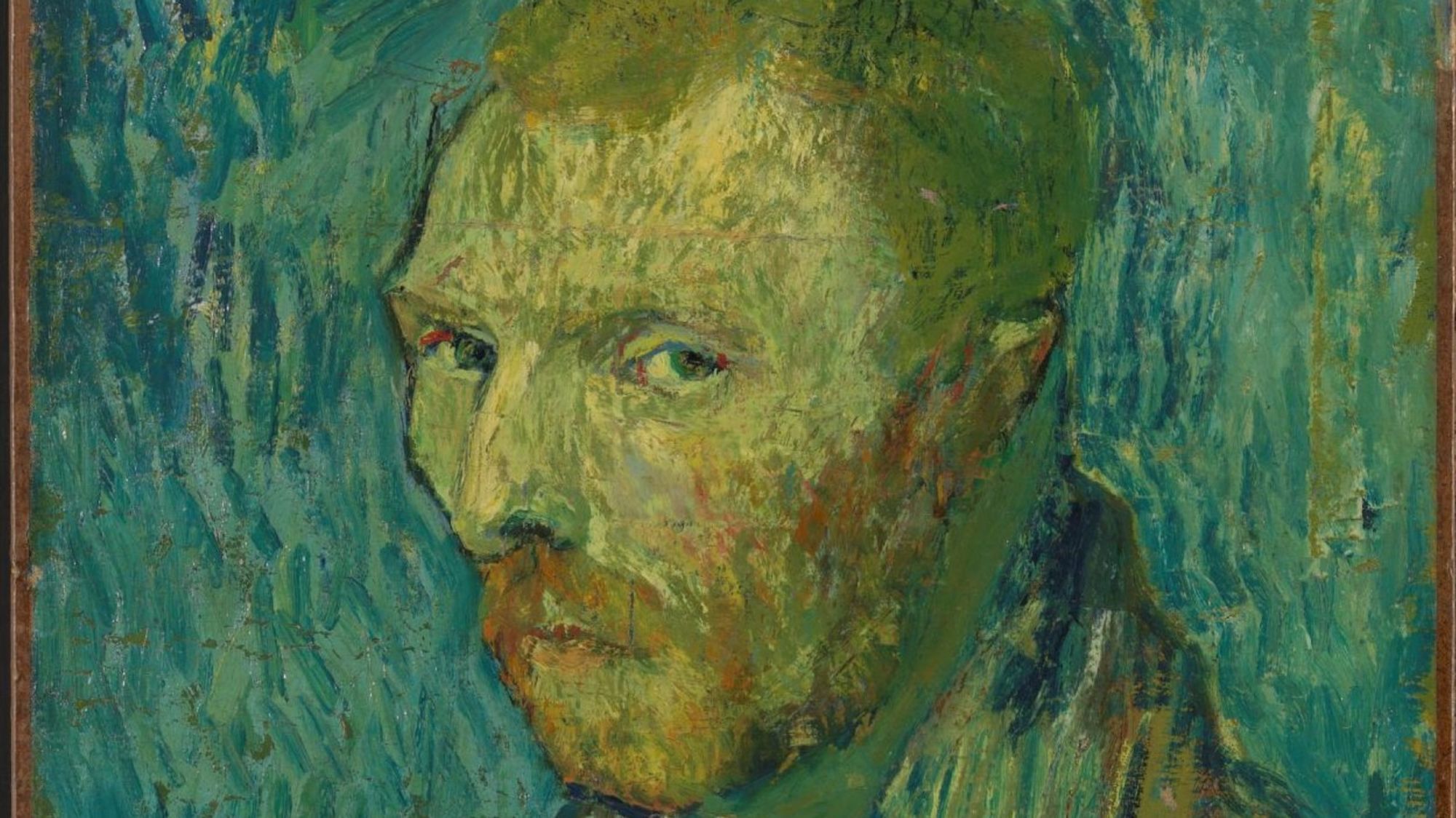A disputed painting of Vincent van Gogh has been declared a genuine self-portrait by the Dutch master, almost 50 years after its authenticity was first called into question.
Joint research by Norway’s National Museum, which acquired the painting more than a century ago, and the Van Gogh Museum in Amsterdam argues that it is “unmistakably” the artist’s work. The new study also contends that previous doubts about the painting were “unfounded,” according to a press release published Monday.
The self-portrait was initially thought to have been produced by Van Gogh in August 1889, shortly after he experienced a psychotic episode at an asylum in southern France. Researchers believe it to be the only work he painted while suffering from psychosis.
But from the 1970s, experts began casting doubt over its attribution. The painting’s dampened colors and the subject’s expression were considered atypical of the vivid self-portraits produced by Van Gogh during this period.

Uncertainty around the artwork’s prior ownership, before it entered the Oslo museum’s collection in 1910, raised further questions about its authenticity, as did the fact that it remains unfinished.
In 2014, the two museums agreed to jointly investigate the artwork. After what was described as an “extensive technical and stylistic examination,” researchers now say the canvas and paint are “in keeping” with other Van Gogh paintings.
The painter produced more than 30 self-portraits between 1886 and 1889. The study, which is yet to be published in full, will also point to other similarities in composition, style and technique.
Rather than indicating fraud, differences in color palette and mood reflect the artist’s fraught state of mind during a difficult period of his life, the researchers said. Created months after he infamously cut off his left ear, the painting “firmly depicts someone who is mentally ill.”

“Although Van Gogh was frightened to admit at that point that he was in a similar state to his fellow residents at the asylum, he probably painted this portrait to reconcile himself with what he saw in the mirror: a person he did not wish to be, yet was,” said Van Gogh Museum senior researcher, Louis van Tilborgh, in a statement.
“This is part of what makes the painting so remarkable and even therapeutic. It is the only work that Van Gogh is known for certain to have created while suffering from psychosis.”
In addition to technical analysis, the museums’ experts looked to Van Gogh’s letters to ascertain the painting’s provenance. One written to his brother in September 1889 refers to a picture as “an attempt from when I was ill,” which Norway’s National Museum believes describes the self-portrait from its collection.
The Oslo museum said the research also confirms its belief that the artwork was given to Joseph and Marie Ginoux, friends of Van Gogh’s, in exchange for letting him stay at their guest house in Arles, France.
Further details are expected to be published in an article, authored by Van Tilborgh, in the forthcoming issue of the Burlington Magazine. The arts periodical said on Twitter Monday that the research had “established beyond doubt” that the portrait was painted by Van Gogh.
Now on loan to the Van Gogh Museum, the painting is set to appear at an exhibition next month, alongside the painter’s better-known “Self-Portrait with Bandaged Ear.” It will then return to Norway, where it’s expected to feature prominently at the National Museum’s new premises upon its opening in spring 2021.

